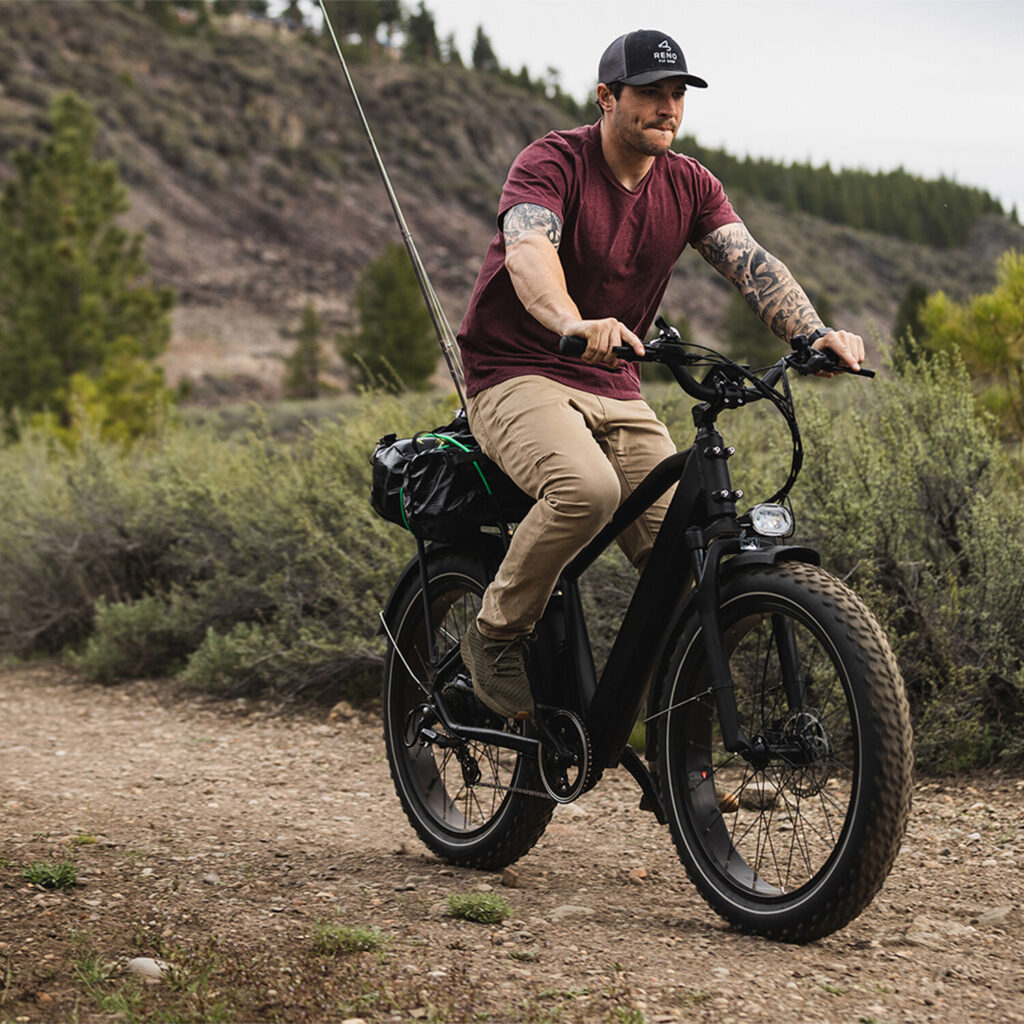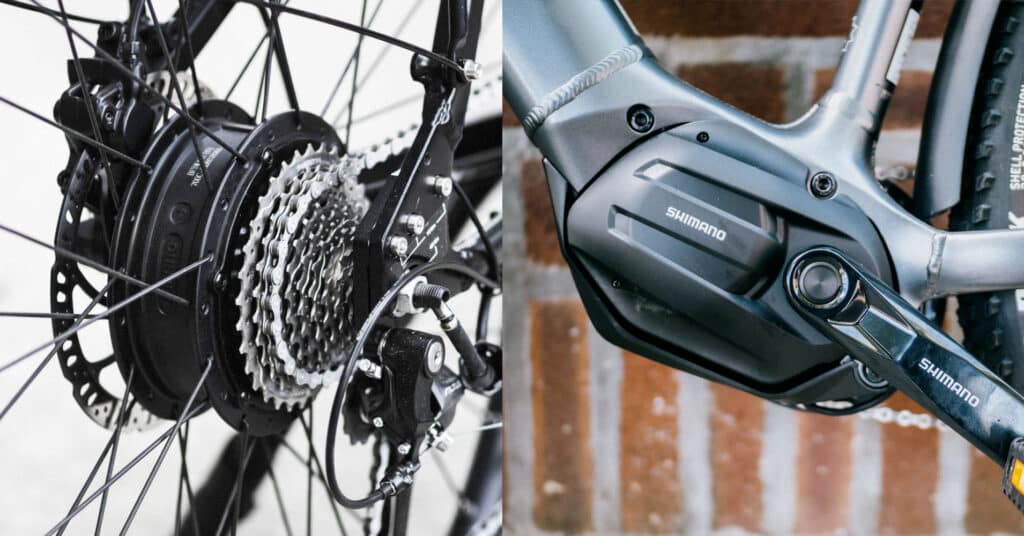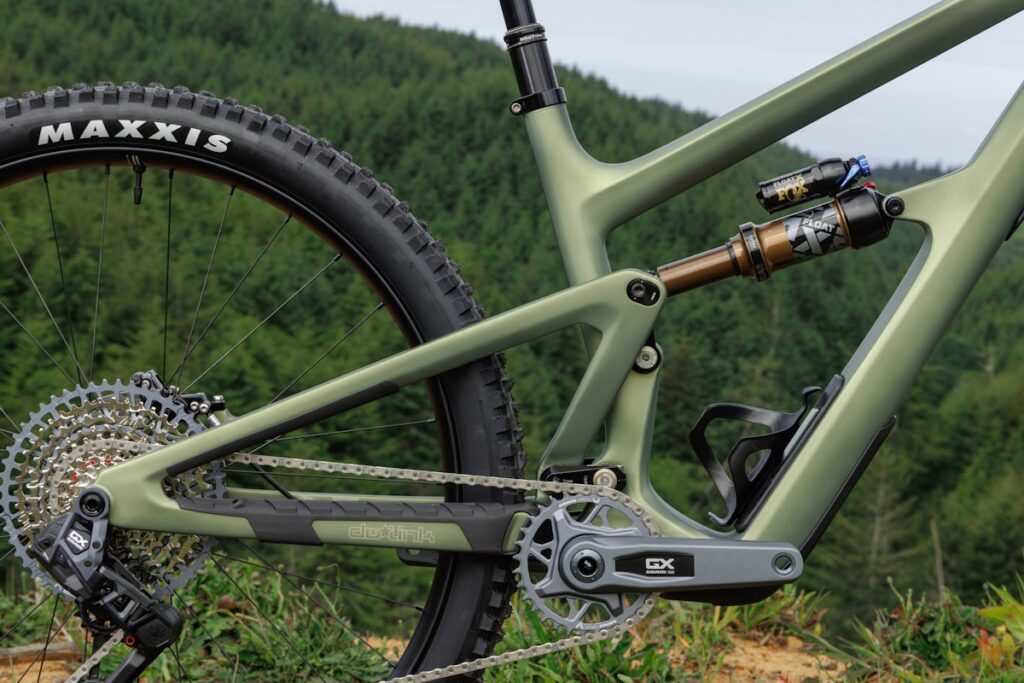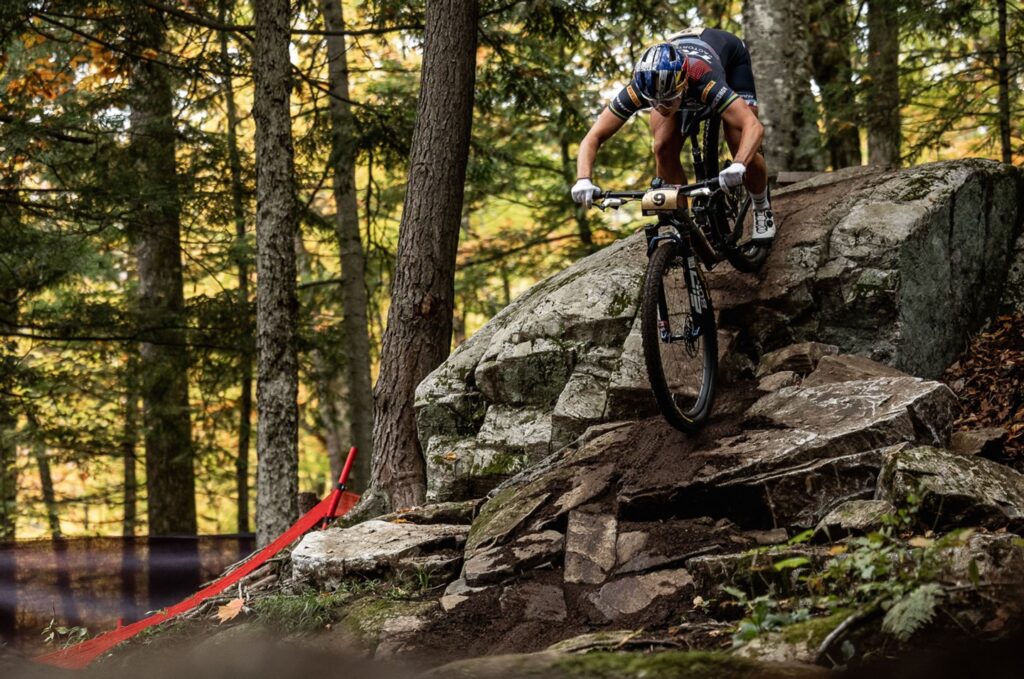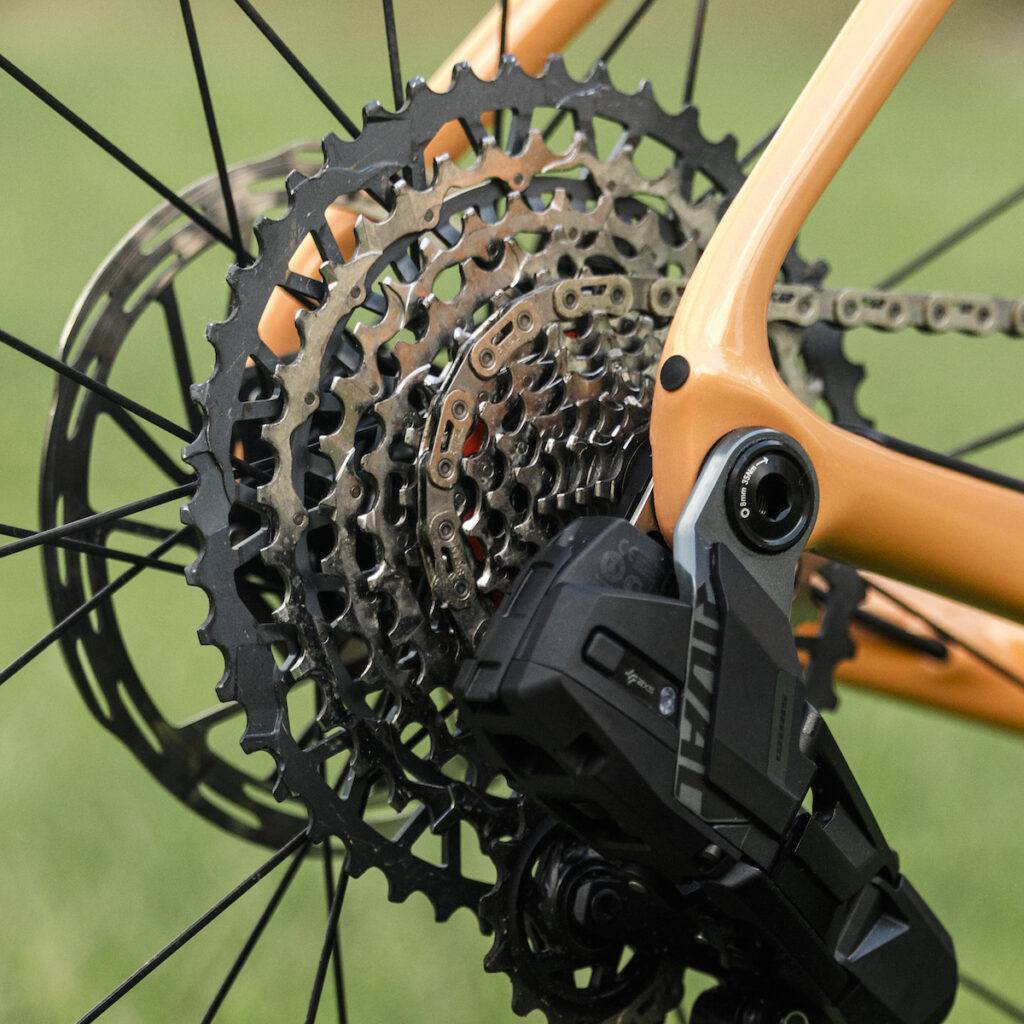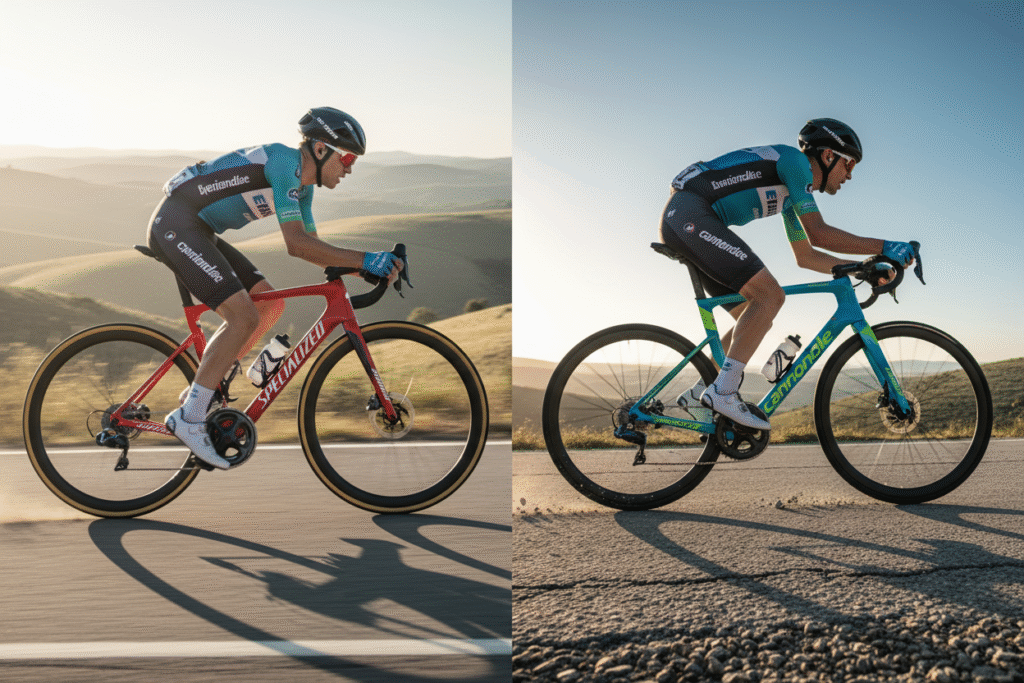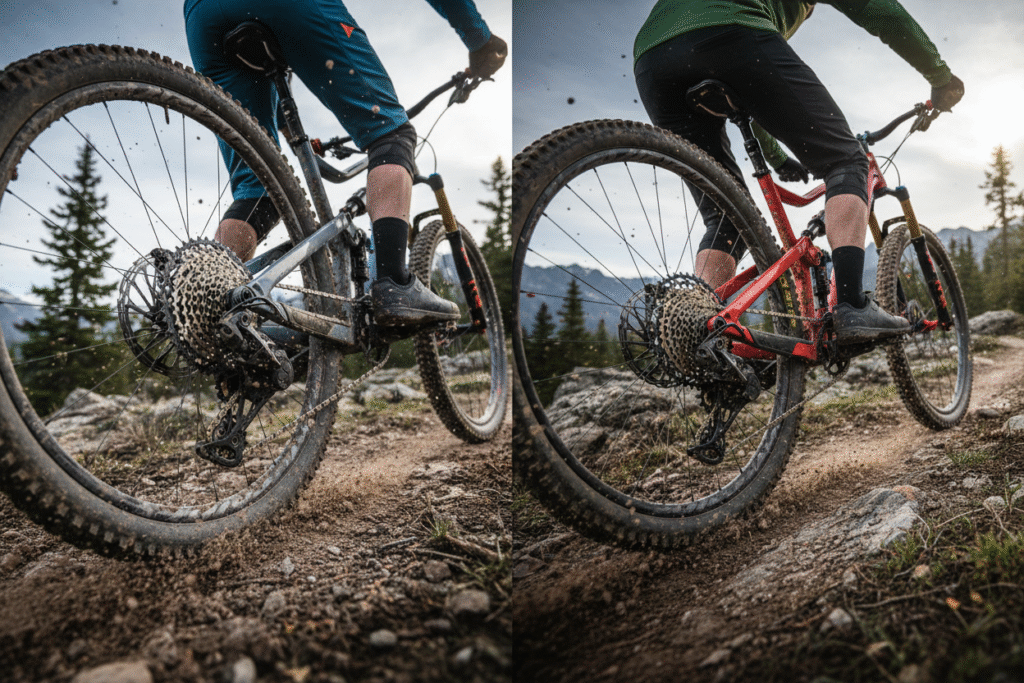Electric bikes have evolved from a niche curiosity into one of the most popular forms of personal transportation in the world. But as e-bikes have exploded in variety, one question keeps coming up for new riders:
Should you buy a fat tire e-bike or a regular e-bike?
At first glance, the difference seems obvious — fat tire bikes have those massive, eye-catching tires that look ready to crush anything in their path. Regular e-bikes, on the other hand, look more traditional, with slimmer tires and lighter frames. But the real distinctions go far beyond looks.
This guide dives deep into how each type rides, what conditions they’re best for, and how to choose the one that fits your lifestyle.
What Defines Each Type
Before comparing performance and features, it’s important to understand what “fat tire” and “regular” mean in the e-bike world.
Fat Tire E-Bikes
- Tire Width: Typically 3.8″ to 5″ wide
- Tire Pressure: Low (5–20 PSI) for traction and comfort
- Ride Feel: Plush, stable, forgiving on rough surfaces
- Weight: Heavier overall due to larger tires and rims
- Purpose: Off-road, sand, snow, mixed terrain
Fat tire e-bikes are designed for adventure riding. They float over sand, snow, gravel, and dirt, offering unbeatable stability and control in challenging conditions.
Regular E-Bikes
- Tire Width: Typically 1.5″ to 2.6″ wide
- Tire Pressure: Higher (40–80 PSI, depending on type)
- Ride Feel: Faster, more efficient, and agile
- Weight: Lighter and easier to handle
- Purpose: Commuting, fitness, pavement, light trails
Regular e-bikes come in many styles — commuter, hybrid, road, and mountain — but all share a focus on efficiency and versatility. They’re ideal for everyday riding and mixed urban use.
Ride Quality and Comfort
Fat Tire E-Bikes: Cushioned and Confident
The first thing most riders notice when switching to a fat tire e-bike is the incredible comfort. Those big tires act as built-in suspension, soaking up bumps, rocks, roots, and cracks in the road.
- Pros: Extremely smooth ride on any surface; absorbs vibrations; high traction.
- Cons: Slightly sluggish acceleration and steering; heavier to pedal without assist.
Fat tires also add confidence. You can roll over potholes, curbs, or sand patches without worrying about losing traction or balance. For beginners, this forgiving nature can be reassuring.
Regular E-Bikes: Efficient and Responsive
Regular e-bikes deliver a more connected feel to the road or trail. With narrower tires and higher pressure, they roll faster, respond instantly to input, and climb more efficiently.
- Pros: Lighter handling, quicker acceleration, more efficient on smooth terrain.
- Cons: Harsher on rough roads; less stable on loose surfaces.
For riders who prioritize speed and maneuverability, regular e-bikes feel more natural and lively.
Terrain and Conditions
Best for Fat Tire E-Bikes
- Sand, snow, mud, or gravel
- Trails with roots, rocks, and soft terrain
- Beaches and backcountry paths
- Winter riding
Their wide contact patch gives unparalleled grip, especially when traction is low. You can even lower tire pressure to “float” over surfaces where normal tires would sink.
Best for Regular E-Bikes
- City streets and bike lanes
- Paved paths, light gravel
- Rolling hills and moderate climbs
- Fitness and commuting
Regular e-bikes are faster and more efficient in predictable terrain. They require less effort from the motor and rider, extending range.
Speed and Efficiency
Here’s where regular e-bikes shine. Narrower tires mean lower rolling resistance — the friction that slows your bike as the tires deform against the ground.
- Fat Tire E-Bikes: More resistance = slightly reduced top-end efficiency
- Regular E-Bikes: Glide easily on pavement; use less battery for the same speed
If you commute long distances, a regular e-bike will typically travel farther per charge. Fat tire models often trade range for stability, but modern motors and batteries are closing the gap.
Motor and Power Considerations
Because fat tire e-bikes are heavier, they often come with more powerful motors — typically 750W to 1000W — to maintain performance on soft terrain.
Regular e-bikes, especially commuters or hybrids, often use 250W to 500W mid-drive or hub motors, prioritizing range and smoothness over raw torque.
Quick Breakdown
| Type | Typical Motor Power | Ideal For |
|---|---|---|
| Fat Tire E-Bike | 750–1000W | Hills, soft terrain, off-road |
| Regular E-Bike | 250–500W | Urban, road, mixed terrain |
So while fat tire bikes might feel more muscular, regular e-bikes deliver smoother power and longer battery life for everyday rides.
Weight and Handling
Fat tire e-bikes usually weigh 65–80 lbs, while regular models hover around 45–60 lbs.
That extra weight makes fat tire bikes slower to accelerate and harder to lift, but it also adds stability at speed and confidence on downhills.
For riders who need to carry their bike up stairs or load it on a rack often, a lighter regular e-bike is more convenient.
Maintenance and Durability
Fat tire bikes require a bit more upkeep due to larger tires and higher stress on components. However, they’re often built tough for rugged use.
Key Differences:
- Fat tires wear faster due to softer rubber compounds.
- Regular e-bikes use standard tire sizes — easier to find replacements.
- Both share similar drivetrain and motor maintenance needs.
When properly maintained, both can last for years, but regular e-bikes are easier to service and transport.
Cost Comparison
| Category | Fat Tire E-Bike | Regular E-Bike |
|---|---|---|
| Average Price (USD) | $1,500 – $3,000 | $1,200 – $3,500 |
| Maintenance Cost | Moderate (tires, hubs) | Low to Moderate |
| Replacement Tire Cost | $60 – $100 each | $30 – $70 each |
| Efficiency per Charge | Lower | Higher |
While prices overlap, fat tire models tend to cost slightly more, especially those with high-torque motors and larger batteries.
Range and Battery Life
Because of rolling resistance and weight, fat tire e-bikes generally have 15–25% shorter range than comparable regular models — all else being equal.
However, if your fat tire e-bike has a large battery (e.g., 960Wh+), that difference can shrink considerably. For city commuting, where assist levels are lower and terrain consistent, regular e-bikes deliver better range per watt-hour.
Who Should Choose a Fat Tire E-Bike
- You ride on sand, snow, gravel, or forest paths
- You value comfort and stability over speed
- You live in a coastal or rural area with variable terrain
- You prefer a bike that feels rugged and adventure-ready
- You don’t mind a heavier frame
Fat tire e-bikes are perfect for riders who want the ability to go anywhere — from beach to backroad — without worrying about surface conditions.
Who Should Choose a Regular E-Bike
- You commute or ride mostly on pavement
- You want efficiency and longer range
- You prefer lighter handling and easier transport
- You value quick acceleration and responsiveness
- You’re focused on fitness or urban riding
Regular e-bikes are the ideal choice for daily transportation, fitness, and riders who want a natural pedaling experience with motor assist.
Summary Table: Fat Tire vs Regular E-Bikes
| Feature | Fat Tire E-Bike | Regular E-Bike |
|---|---|---|
| Tire Width | 3.8″–5″ | 1.5″–2.6″ |
| Comfort | Very high | Moderate |
| Terrain | All-terrain | Paved, light gravel |
| Speed | Moderate | Faster |
| Range | Shorter | Longer |
| Weight | Heavier | Lighter |
| Stability | Excellent | Good |
| Handling | Slower | Quicker |
| Ideal Use | Adventure, sand, snow | Commuting, fitness, road |
Final Verdict
Both fat tire and regular e-bikes have their strengths — the right choice depends entirely on where and how you ride.
If you’re an explorer who values comfort, stability, and go-anywhere confidence, a fat tire e-bike is unbeatable.
If you’re focused on speed, range, and efficient daily transportation, a regular e-bike will serve you better.
Ultimately, both deliver the same core benefit — the freedom and joy of powered cycling — just tuned for different lifestyles.
Final Take
“Choose your e-bike like you choose your path — if you crave adventure, go fat. If you crave efficiency, go regular. Either way, the ride will redefine how you move.”
Related Content:
- Best Fat Tire E-Bikes Guide
- Best Commuter Bikes Guide
- How To Maintain An E-Bike Battery
- Budget Friendly E-Bike Brands
- Best E-Bike Brands Guide
Why Trust This Guide?
BestBikeBrands is built by lifelong cyclists with decades of real-world experience — in the shop, on the trail, and behind the wrench. Our goal is simple: to help riders choose the best bikes and gear with confidence, backed by expert insights and hands-on testing. Learn more about us →
